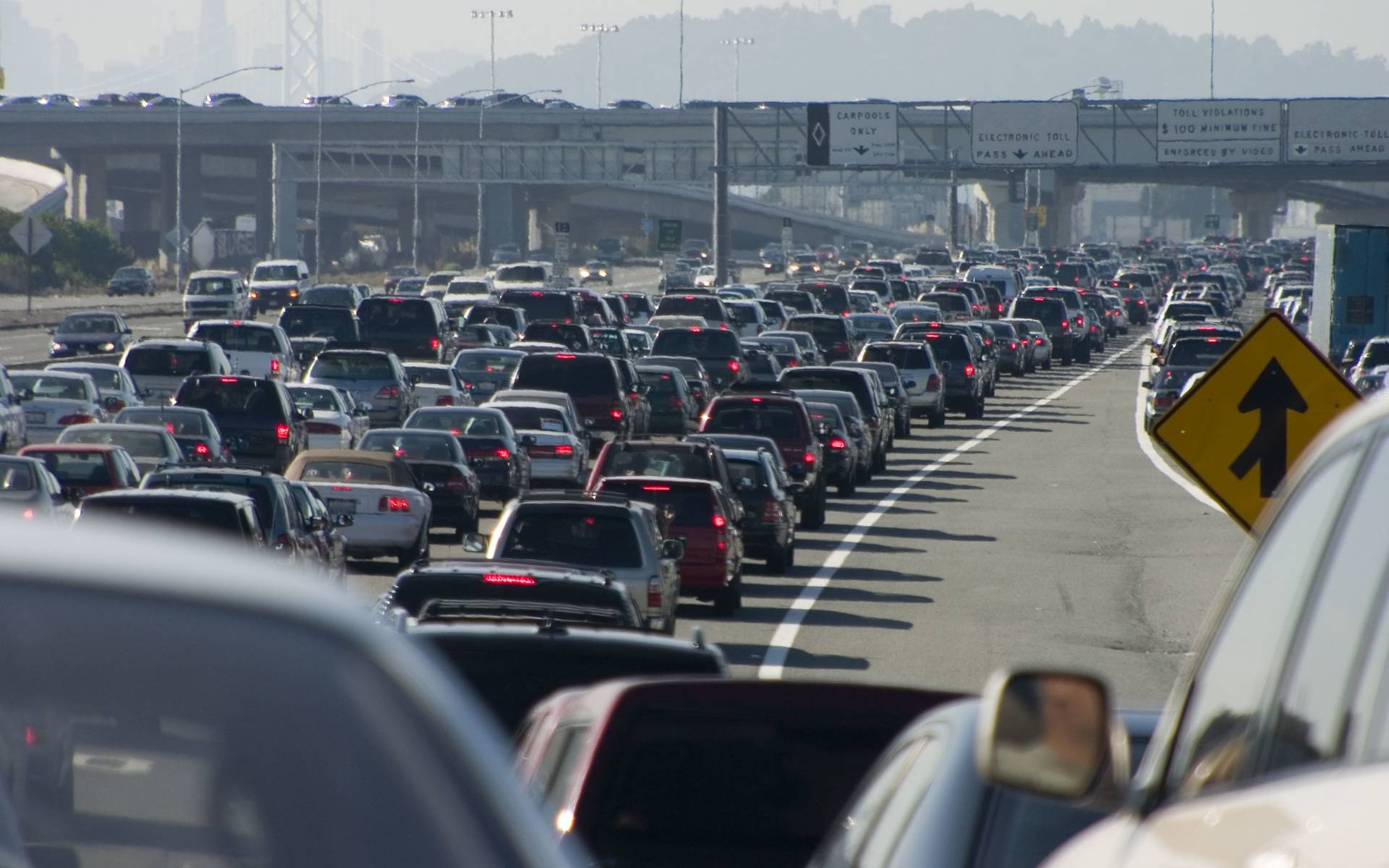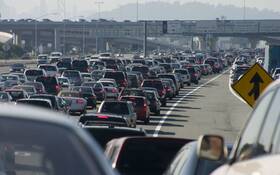Study: Expanding Highways Doesn’t Fix Traffic Congestion
All across North America, traffic congestion is a serious problem that often comes down to two solutions: expanding/widening highways or increasing public transit. Governments have to make life easier for road users on one hand and fight pollution on the other hand.
A new study from the policy organization Transportation for America suggests that wider highways, while having a positive effect in the short term, don’t work at all in the long term.
- Also: Ontario Raises Speed Limit to 110 km/h on Section of Highway 417
- Also: TomTom’s 2020 Traffic Index Shows Impact of COVID-19
Let’s throw some numbers first. Between 1993 and 2017, the largest urban areas in the U.S. added nearly 50,000 kilometres of new lanes—a 42 percent increase despite a population growth of 32 percent over the same time period. However, instead of decreasing, congestion jumped 144 percent.
Want a specific example? The city of Jackson, Mississippi expanded its freeways by over 60 percent between 1993 and 2017 while its population grew by just nine percent. In that 24-year span, traffic exploded by 317 percent.

The study confirms that traffic does speed up right after a highway is widened, but drivers take advantage of that by “switching from other routes, driving further distances or traveling during the busiest time of the day,”
Also, “people who had previously avoided congestion—whether by riding transit, carpooling, traveling during less congested times of day, or foregoing the trip altogether—start driving on that route more because it has become more convenient.”
Within a few years of a highway expansion, the number of vehicles increases enough that it becomes congested again. Does that mean more lanes are required once again? The authors of the study obviously don’t think so.
In order to truly reduce traffic, Transportation for America says authorities must improve access to workplaces and public facilities.
“Focusing on congestion mitigation misses the bigger picture. We should be prioritizing investments based on how well they connect people to jobs and services, not how much more quickly cars will be able to travel on a certain segment of highway.”
In addition to improving public transit, one recommendation is to make cities safer for pedestrians and cyclists so that residents don’t have to drive to take short trips.










